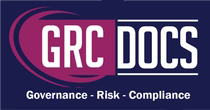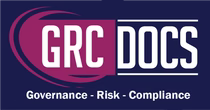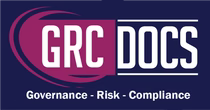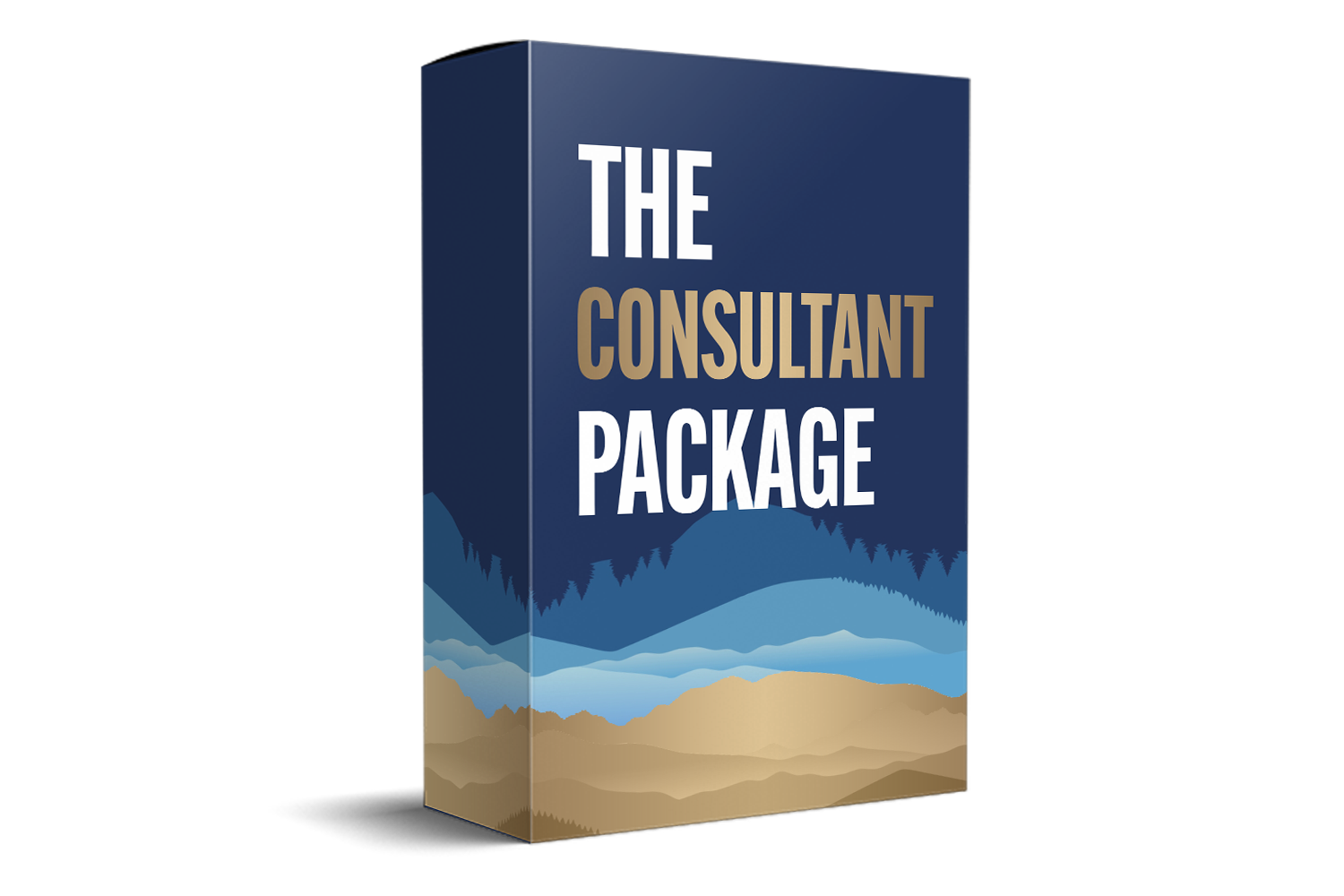SOC 2 Document Control Software Simplify Policy And Evidence Management
Introduction
In today's digital age, data security is more crucial than ever. As businesses increasingly rely on technology, ensuring the safety and integrity of sensitive information has become a top priority. For companies seeking to establish trust with their clients and partners, obtaining a Service Organization Control 2 (SOC 2) certification is an essential step. This process involves stringent auditing and documentation requirements, which can be significantly streamlined with the right SOC 2 document control software.

The Trust Service Principles
The trust service principles form the backbone of SOC 2 compliance. Security involves protecting information and systems from unauthorized access, ensuring that data remains confidential and protected against breaches. Availability focuses on ensuring that systems and data are accessible when needed, which is crucial for maintaining business operations without disruptions.
Processing integrity ensures that data processing is complete, valid, accurate, timely, and authorized, which is essential for maintaining the quality and reliability of data. Confidentiality requires that sensitive information is protected from unauthorized disclosure, which is vital for maintaining trust with clients. Lastly, privacy involves the proper handling of personal information, ensuring compliance with privacy laws and regulations.
-
Beyond Compliance: A Commitment to Security: Compliance with SOC 2 is not merely about ticking boxes; it's about demonstrating a commitment to data security and risk management. This involves rigorous documentation, detailed policies, and ongoing evaluation of data handling practices. Organizations must continually assess and improve their processes to adapt to evolving security threats and regulatory requirements.
-
The Role of Auditing and Documentation: Auditing and documentation play a crucial role in SOC 2 compliance. Regular audits ensure that organizations adhere to the trust service principles and identify areas for improvement. Comprehensive documentation, including policies, procedures, and evidence of compliance, is essential for demonstrating adherence to SOC 2 standards during audits. This documentation also serves as a valuable resource for continuous improvement.
-
The Role of Document Control in SOC 2 Compliance: Document control is a critical component of SOC 2 compliance. It involves the systematic management of documents to ensure accuracy, accessibility, and security. Effective document control helps organizations maintain a clear record of policies and procedures, which is vital during audits.
-
Accuracy and Version Control: Document control ensures that organizations maintain accurate and up-to-date records. This involves implementing version control mechanisms to track changes and updates to documents. By maintaining a clear history of document revisions, organizations can ensure consistency and reliability in their compliance efforts.
-
Accessibility and Retrieval: Accessibility is another crucial aspect of document control. Documents must be easily retrievable during audits and reviews, requiring a well-organized system for document storage and retrieval. A centralized document repository can streamline this process, making it easy for authorized personnel to access necessary documents when needed.
-
Security and Confidentiality: Security is paramount in document control. Organizations must implement robust access controls to ensure that only authorized personnel can view or edit sensitive documents. This includes using encryption and authentication measures to protect documents from unauthorized access or tampering.
- The Importance of Document Control Software: Without proper document control, companies risk falling short of SOC 2 requirements, potentially leading to data breaches, legal liabilities, and a damaged reputation. This is where SOC 2 document control software comes into play. Such software automates and streamlines document management processes, ensuring compliance with SOC 2 standards.
What Is SOC 2 Document Control Software?
SOC 2 document control software is a specialized tool designed to help organizations manage their documentation processes effectively. It centralizes document storage, streamlines workflows, and ensures compliance with SOC 2 standards.
Key Features of SOC 2 Document Control Software
-
Centralized Document Repository: A centralized repository allows all documents related to SOC 2 compliance to be stored in one secure location. This ensures easy access and retrieval during audits and helps maintain version control. A centralized system also reduces redundancy and ensures that all team members are working with the most current information.
-
Automated Workflows: The software automates routine tasks such as document approval, distribution, and archiving. This reduces the administrative burden on staff and minimizes the risk of human error. Automated workflows also enhance efficiency by ensuring that tasks are completed promptly and according to predefined processes.
-
Real-Time Collaboration: Teams can collaborate in real-time, ensuring that everyone is working on the most up-to-date version of a document. This feature is particularly useful for organizations with remote or distributed teams. Real-time collaboration fosters communication and coordination among team members, enhancing productivity and accuracy.
-
Access Control and Security: Robust access control features ensure that only authorized personnel can view or edit sensitive documents. This is crucial for maintaining data security and confidentiality. Access control mechanisms, such as role-based access, ensure that individuals have the appropriate level of access based on their responsibilities.
-
Audit Trails: SOC 2 document control software provides comprehensive audit trails that track who accessed or modified a document and when. This is essential for demonstrating compliance during audits. Audit trails also offer valuable insights into document usage and help identify potential security incidents.
- Integration Capabilities: The software often integrates with other systems such as cloud storage, CRM, and project management tools, providing a seamless workflow across various platforms. Integration enhances efficiency by allowing organizations to leverage existing systems and processes.
Benefits Of Implementing SOC 2 Document Control Software
Implementing SOC 2 document control software offers numerous benefits to organizations seeking to improve their data security and compliance efforts.
-
Enhanced Risk Management: By centralizing and automating document control processes, organizations can more effectively manage risks associated with data breaches and non-compliance. The software helps identify potential vulnerabilities and ensures that corrective actions are taken promptly. This proactive approach to risk management is essential for maintaining data security.
-
Improved Efficiency and Productivity: Automated workflows and centralized document storage reduce the time spent on manual documentation tasks. This allows employees to focus on more strategic activities, thereby boosting overall productivity. By streamlining processes, organizations can achieve greater efficiency and allocate resources more effectively.
-
Greater Transparency and Accountability: With features like audit trails and access controls, organizations can maintain a high level of transparency and accountability. This fosters trust among clients and partners, which is vital for building long-term relationships. Transparency and accountability are key components of a strong compliance culture.
- Cost Savings: While there is an initial investment in SOC 2 document control software, the long-term cost savings are significant. The reduction in manual processes, improved efficiency, and minimized risk of non-compliance all contribute to a healthier bottom line. Organizations can achieve a high return on investment by optimizing their compliance efforts.
Choosing The Right SOC 2 Document Control Software
When selecting SOC 2 document control software, it's important to consider your organization's specific needs and priorities. Here are some factors to keep in mind:
-
Ease of Use: The software should be user-friendly and intuitive, ensuring that all team members can use it effectively without extensive training. A user-friendly interface enhances adoption and reduces the learning curve, allowing organizations to maximize the benefits of the software quickly.
-
Scalability: Choose a solution that can grow with your organization. As your business expands, your document control needs will evolve, and the software should be able to accommodate these changes. Scalability ensures that the software remains effective and relevant as organizational needs change.
-
Customer Support: Robust customer support is essential for addressing any issues or questions that may arise during implementation and ongoing use. Reliable support helps organizations resolve challenges quickly and ensures a smooth user experience.
-
Security Features:Ensure that the software has strong security measures in place to protect sensitive information. This includes encryption, access controls, and regular security updates. Security features are critical for maintaining the integrity and confidentiality of documents.
- Integration: The software should integrate seamlessly with your existing systems to provide a cohesive workflow. Integration enhances efficiency by enabling organizations to leverage existing tools and processes, reducing duplication of efforts.
Conclusion
SOC 2 compliance is a critical aspect of modern business operations, particularly for companies handling sensitive data. Implementing SOC 2 document control software can streamline the compliance process, enhance data security, and improve overall efficiency.
By choosing the right software solution, organizations can confidently navigate the complexities of SOC 2 compliance and focus on what truly matters—delivering value to their clients and stakeholders. As technology continues to evolve, staying ahead of data security challenges requires proactive risk management and a commitment to best practices in document control. Organizations that prioritize compliance and data security position themselves for success in an increasingly digital world.






